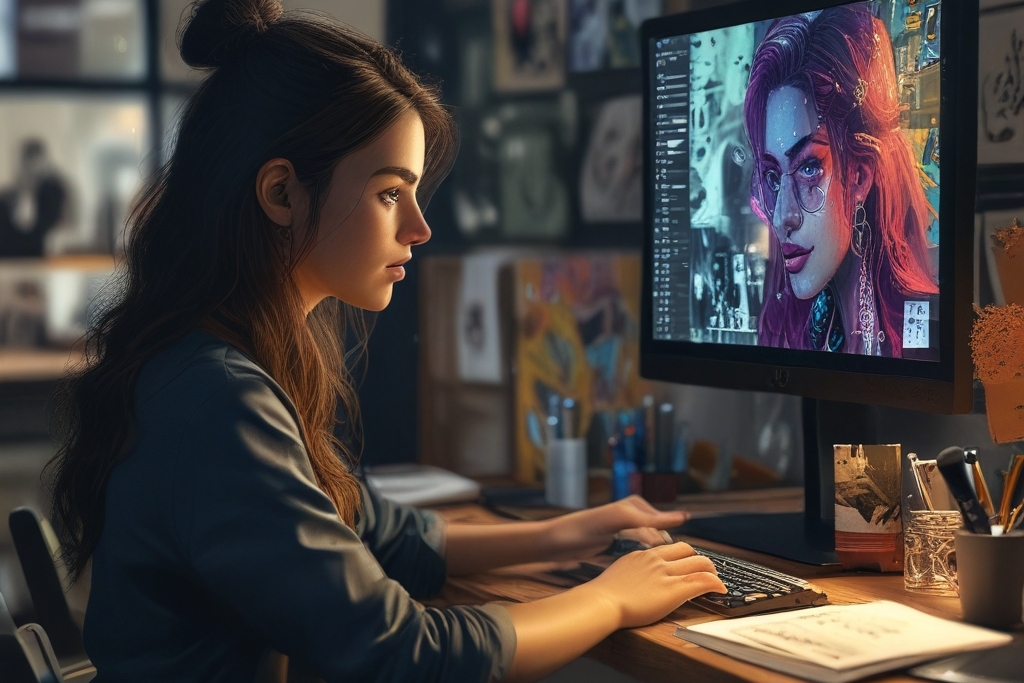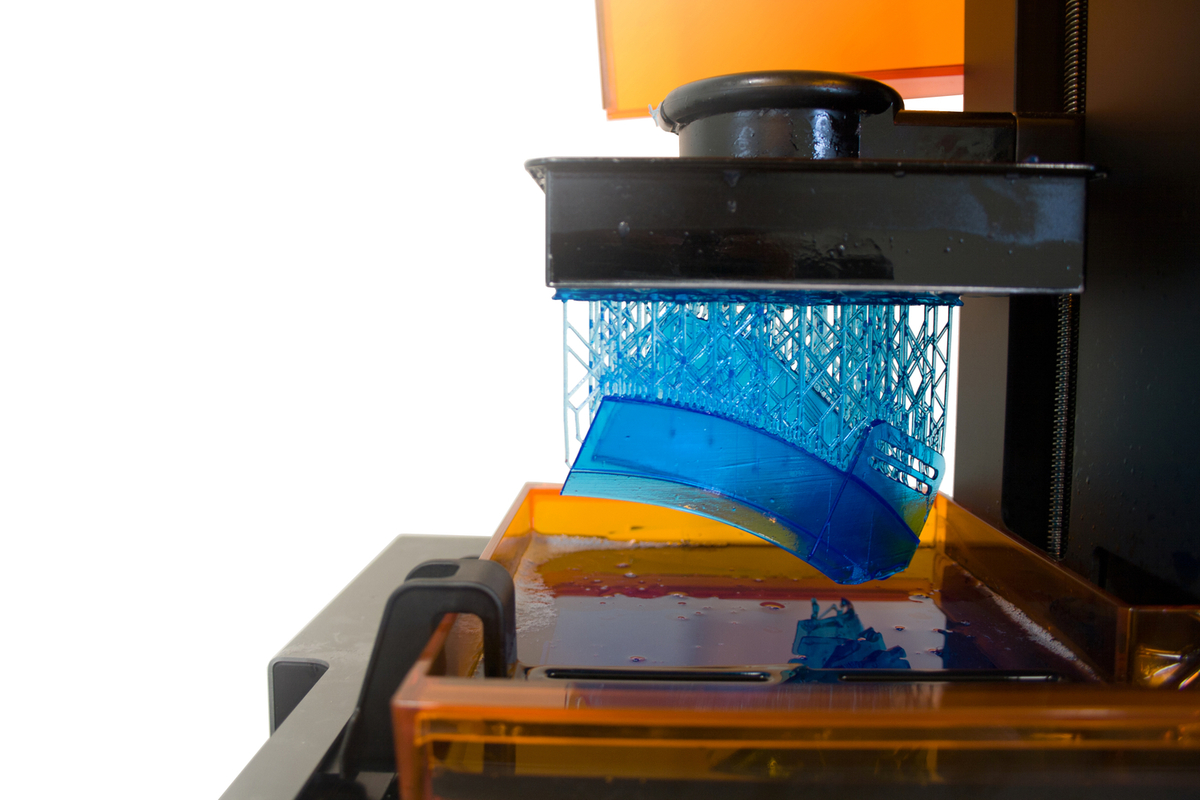Ultimate Guide to Creating Realistic and Engaging 3D Avatars: Tips from Industry Experts
This comprehensive guide explores expert techniques for creating realistic and captivating 3D avatars. Covering fundamentals, essential tools, ethical considerations, and advanced tips, it offers valuable insights for digital artists aiming to craft high-quality virtual characters perfect for gaming, social platforms, and animations. Learn how to combine artistic vision with technical skills to produce avatars that impress while respecting cultural diversity and privacy. Whether you're a beginner or an experienced designer, these strategies will help elevate your 3D modeling and animation projects to the next level.

Ultimate Guide to Creating Realistic and Engaging 3D Avatars: Tips from Industry Experts
Designing exceptional 3D avatars that look lifelike and captivating requires a blend of artistic vision, technical know-how, and innovative techniques. Whether these digital characters are intended for immersive gaming worlds, professional virtual meetings, social media platforms, or animated content, a well-crafted avatar leaves a memorable impression and enhances user engagement. This in-depth guide provides comprehensive insights and proven strategies to help creators produce high-quality, ethical, and visually stunning 3D avatars. Let’s delve into the essential steps to master this art form.
Understanding the Core Foundations
Modeling: Creating the 3D structure of your character, establishing its shape, proportions, and overall form.
Texturing: Applying colors, surface details, and materials to give your avatar a realistic or stylized appearance.
Rigging: Developing a skeleton framework that enables natural movement and articulation.
Animation: Bringing your avatar to life through realistic movements, expressions, and behaviors.
Must-Have Tools and Software for Advanced 3D Avatar Creation
Blender: An open-source 3D modeling and animation software popular for its versatility and robust features.
Maya by Autodesk: Industry-standard software known for detailed modeling, rigging, and animation capabilities.
ZBrush: Advanced digital sculpting tool perfect for creating intricate details and high-resolution models.
Game engines like Unity or Unreal Engine: Essential for integrating, animating, and deploying avatars in interactive environments such as games or VR experiences.
Expert Strategies for Designing Outstanding 3D Avatars
Concept and Visualization: Begin with sketches and concept art to define your character's appearance, personality, and unique features. Planning your avatar's backstory and traits can guide design choices and ensure consistency.
Start with Simplicity: Use basic geometric shapes to block out the avatar’s form. Low-poly models are easier to modify and refine, allowing for gradual complexity buildup.
Focus on Anatomical Accuracy: Understanding human or creature anatomy is crucial for realistic movement and posture. Utilize reference images and medical or anatomical guides to enhance precision.
Leverage Symmetry: Mirror modes in modeling software efficiently create balanced, symmetrical models, saving time and ensuring uniformity.
Layered Detailing: After establishing the basic shape, progressively add muscles, facial features, and detailed textures. This step-by-step approach facilitates easier adjustments and refinements.
High-Resolution Texturing: Use high-quality textures and materials to simulate realistic surfaces. Consider lighting effects to enhance realism, and paint custom details when necessary for a unique look.
Advanced Rigging for Natural Movement: Proper rigging involves creating a bone structure that supports realistic deformation. Skinning, weighting, and joint placement are key for fluid, natural animations.
Creating Smooth Animations: Employ keyframe techniques and reference movement data to produce fluid, believable motions. Studying real-life gestures or utilizing motion capture can significantly boost animation quality.
Iterative Testing and Optimization: Regularly review your avatar in different poses and environments to identify glitches or unnatural motion. Make iterative improvements for the best results.
Ethical Considerations and Cultural Sensitivity in Avatar Design
Respect Cultural Symbols: Be aware of cultural significance and avoid stereotypes or offensive representations in your avatar’s design.
Promote Inclusivity: Ensure your avatars showcase diverse genders, ethnicities, ages, and body types to foster inclusivity and representation.
Privacy and Consent: When creating avatars modeled after real persons, obtain explicit consent to respect individual privacy rights and avoid legal issues.
Mastering the art of creating compelling 3D avatars requires a combination of creativity, technical expertise, and ethical mindfulness. By understanding core principles, utilizing suitable software tools, and respecting cultural sensitivities, digital artists can craft engaging, realistic, and respectful characters. Whether you’re designing avatars for games, virtual meetings, or social media, these expert tips will guide you toward producing top-tier digital personas. Happy designing!




